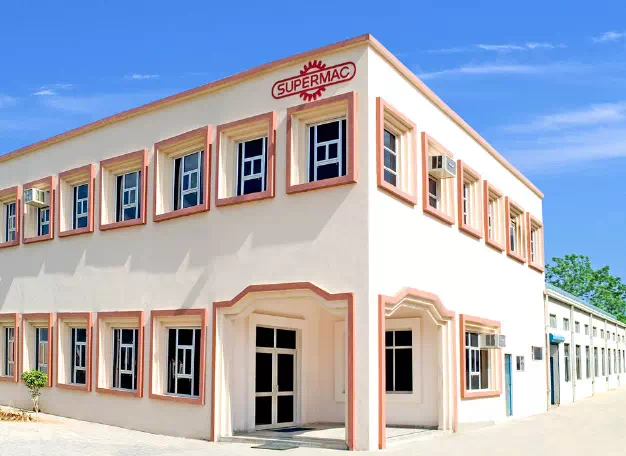The
most popular form of extrusion is often called direct extrusion. In general,
the process is very simple. The substance is passed through the billet, and the
mold is being passed through the die.
In
a tightly walled container, the billet is put to be extruded. The billet is
then moved with a ram or screw into the die. The billet and the ram pass in the
same direction. It’s known as forwarding extrusion. Between the ram and the
billet, a dummy block is put to prevent contact. Then, take-ups &pay-offs machines finalize the process.
Direct Extrusion
This
approach has one major drawback, the quantity of strength needed to drive the
billet through the die. The intensity of friction is very strong because the
package will move over the entire length of the container. As such, at the
outset of the cycle, the power is at its maximum and falls gradually as the
billet is extruded.
And,
at the center, the intensity decreases again dramatically, as the substance
will spill to push out of the dead. This also ensures that the end of the
billet cannot be utilized and must be discarded or used for extrusion purposes.
Indirect Extrusion
Indirect
extrusion has a variety of advantages. It is often referred to as backward
extrusion which, as the name suggests, is the opposite process in certain ways
to forward extrusion. The container shifts in tandem in this manner as the ram
and the dying are there.
This
is achieved by using a trunk that needs to be bigger than the container.
Therefore, the billet is doomed to die forever. After that, the take-ups& pay-offs machines have an important role to play.
Almost
all friction forces are removed by this process. The shifting of the billet
leads to the moving of the jar, which decreases all friction factors and lowers
total friction by 25 to 30 percent. This helps bigger tickets to be extruded
more easily. Moreover, it is also possible to have smaller cross parts.
Conclusion
Additional
benefits include reduced splitting owing to no heat forming, reduced rubbing
and breaking of the container, and fewer extrusion flaws and coarse grain
peripheral areas. The reason behind these advantages is the fixedcenter crosshead machine.








0 Comments